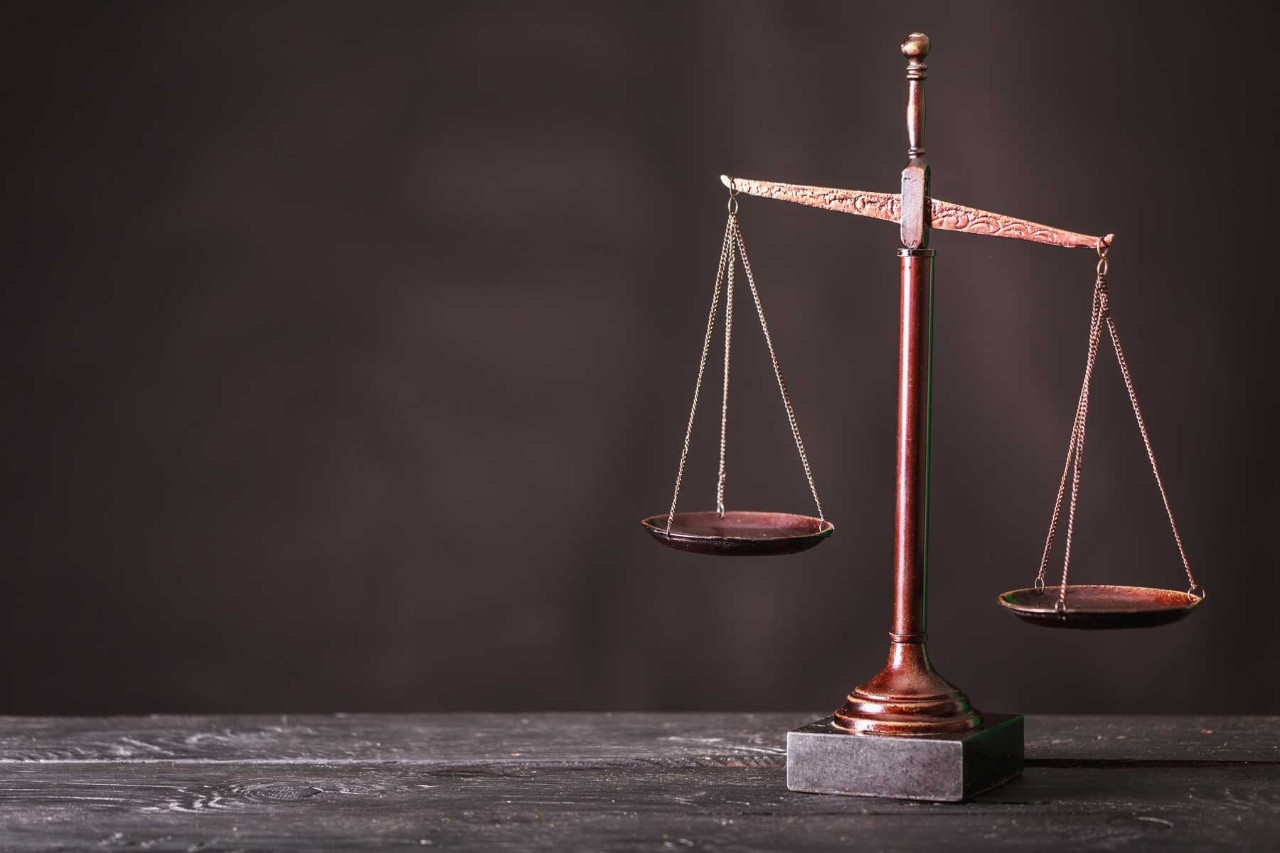How would potential negative interest rates by the Fed affect the US economy (pluses and minuses)?
In my opinion, negative interest rates do not work and they are a reckless and dangerous experiment. They do not produce the kind of growth and inflation for which they are intended. The two best examples are Europe which has been carrying negative rates for five years and just cut another -0.1% to -0.5% last month. And before that rates were 0% for two years. And yet growth and inflation in the Eurozone have been very weak. In fact Germany, the Eurozone’s largest economy is on the brink of recession.
The second example is Japan has had negative rates for 3.5 years, and since 2000, the policy rate has averaged a mere +0.08% - that might as well be 0%. And again growth and inflation are very weak. The theory behind negative rates is that if you are not getting paid to loan your money (that is, deposit it in a bank or buy a Treasury bill), or that it is actually costing you to hold on to your money (say if your bank charges you fees) then you should get rid of it and buy something instead, thus stimulating the economy. It’s never worked, and it’s never worked because it fails to take into account the human psyche.
First, people can’t grasp what negative rates imply, or how they work, so they can’t possibly respond the way the central bankers want them too. Secondly, instead of encouraging people to spend money, it makes them hold on to it even more, 1. Because of the uncertainty it creates, and 2. Because people think if they are earning negative interest on their savings, they will have to hold on to even more of it. As far as I can see, the only positive is that it gives the wealthy, the government, and corporations the ability to borrow and get paid to do it, while investing it and earning even more. That’s great for them but it serves to create even more income inequality which has clearly been the case here.
Is the government not seeing the same issue on the Curve? What measures are they taking or should they take to prevent the recession?
I believe the Federal Reserve finally saw that they were indeed inverting the curve when in January of this year, they changed their wording in the policy announcement to say that they could be “patient” in waiting for the next hike as opposed to the statement of December 2018 which signaled that the Fed was definitely on the path to raise rates three times in 2019. Why did the Fed keep raising rates in 2018 even as the curve inverted? Well, the Fed has to balance inflation and unemployment, and when unemployment got towards a 50 year low, you would normally expect inflation to start rising rapidly. More importantly, it’s not inflation today the Fed has to worry about, it’s inflation year from now, because that is how long it takes interest rate changes to work their way through the economy. Now the Fed has seen the economy slowing, with manufacturing in recession, and as a result, has cut rates twice. But again it takes a year to really help.
The other tool the government can use is fiscal policy, that is taxing and spending, which is controlled by Congress and the Administration. Several ideas for tax cuts or more spending are in the works, but the path is unclear, and again it takes time.

















